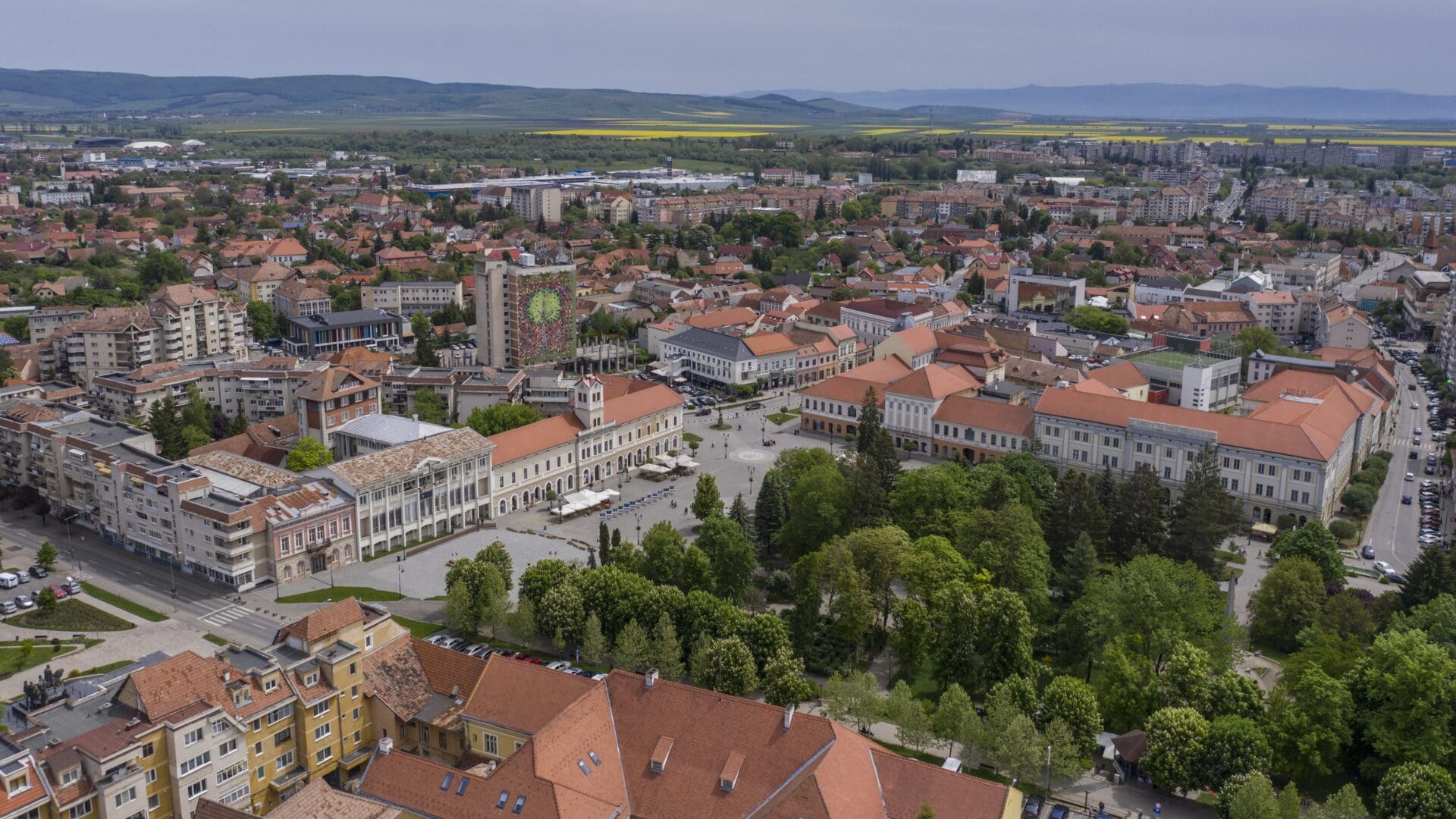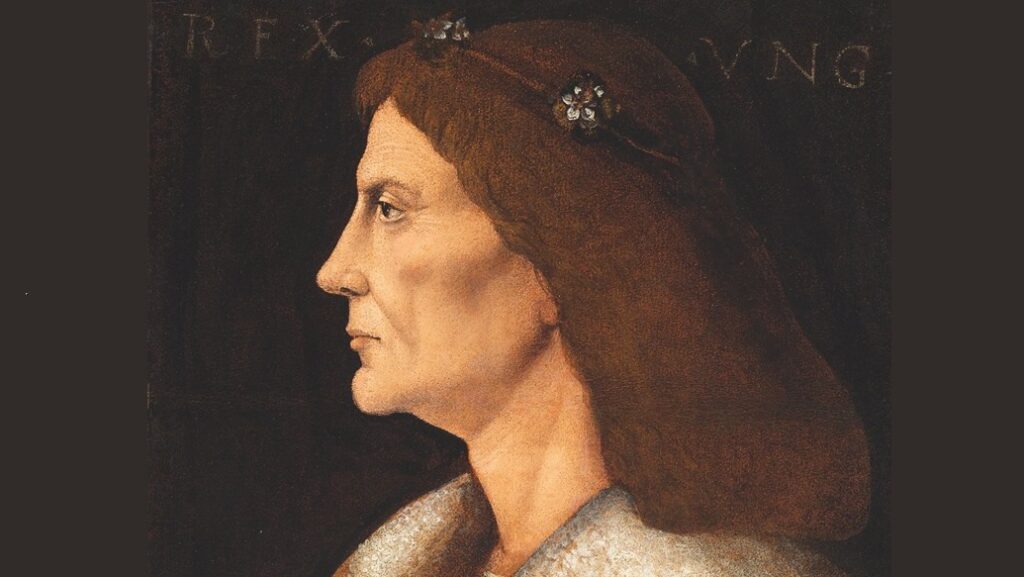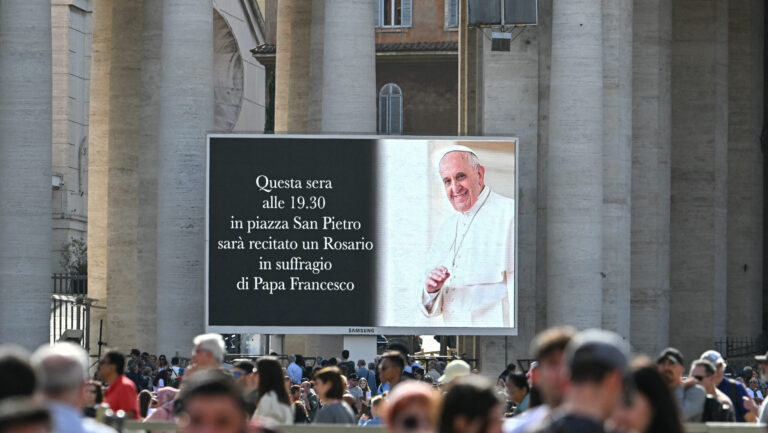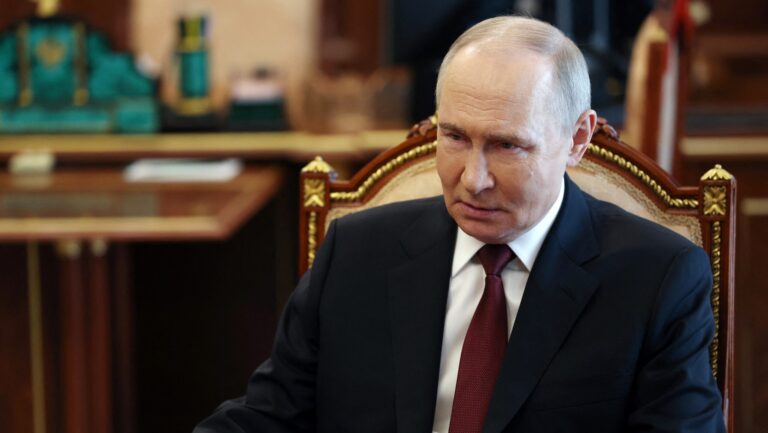After a complete renovation, the Székely National Museum in Sepsiszentgyörgy (Sfântu Gheorghe, Romania) will open its doors on Thursday, as stated during the press conference on Tuesday. The operators highlighted to have ‘brought the museum back to life’ over the course of four years.
The building complex, designed by acclaimed Transylvanian architect and designer Károly Kós (1883–1977) and housing the most important Hungarian cultural institution beyond Hungary’s borders, was presented to the journalists by Director Mihály Vargha and Tamás Sándor, President of the Kovászna (Covasna) County Council, which supports the institution.
They emphasized that in addition to knowledge sharing, the institution is intended to be a place for quality leisure activities. They have increased the exhibition space by 30 per cent and made it attractive to young people with multimedia tools. In the reopened chapel, there will be church weddings, and the transformed dendrological park will host outdoor concerts and family events.
The main exhibition, titled Geniuses Behind the Heroes, presents the events of the 1848–49 Revolution and War of Independence in the Háromszék district in a new, community-oriented perspective. The focal point of the exhibition is Áron Gábor*’s cannon and Jenő Gyárfás’ painting of him. The exhibition also sheds light on how a carpenter became a cannon maker and a hero through the cooperation of the guilds and the local population.
Tamás Sándor recalled that the cannon makers of Háromszék were not soldiers. Together, they cast 70 cannons, of which one has been preserved and was found buried in the ground in front of the hospital in Sepsiszentgyörgy in 1906. It was first taken to Sepsiszentgyörgy, then to Bucharest in 1971, and in 2012, it was successfully recovered for the Székely National Museum.
Mihály Vargha talked about the importance of a change in perspective. He stated that the museum wants to sensitize children to the past with digital content and museum educational activities. The process of cannon making will also be explained with the help animations. An institutional history exhibition called Milestones will also open in the building, and in addition to the departments of fine arts, natural history, ethnography, and history, there will also be a temporary Károly Kós exhibition.
Tamás Sándor recalled that Kós wanted to create a building representing the Székely nation.
‘This is not just a building, not just a museum, but the museum of the Szekler nation, and we are extremely proud of it,’
he stated. He explained that in addition to the renovation of the property built in 1912, they also implemented several elements that Kós had envisioned but remained unfinished at the time, such as the entrance gate, garden lanterns, and a well. Just as local labour and building materials were used during its construction, the renovation was also carried out by a local company. According to Vargha, the dendrological park, which is home to 1,600 species of native plants, is a significant asset where events will also be held. The ancient and medieval stone collection is also located here.
The investment, which was realized with EU support, had its financing agreement signed in May 2017, and it was not until June 2021 that a contractor was found after five rounds of tenders. The total investment cost was 24.7 million Romanian Lei (approximately 1.9 billion forints), with around 32 per cent of the costs covered by the Kovászna Covasna County Council.
The Székely National Museum was founded by Emília Cserey Zathureczky in Imecsfalva (Imeni) in 1870, and its oldest exhibit is the 15th-century Apor Codex, one of the oldest Hungarian linguistic records, with an original Renaissance binding.
*Áron Gábor was a legendary Székely Hungarian cannon maker and artillery officer in the 1848–49 Hungarian Revolution.
Related articles:
Sources: Hungarian Conservative/Székely National Museum/MTI








